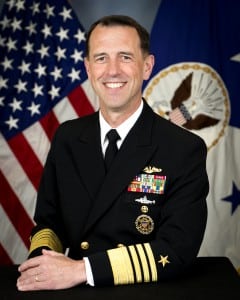
Quickly-fielded prototypes could be critical in helping the Navy sustain its edge in a resource- constrained environment, Chief of Naval Operations Adm. John Richardson said on Monday.But the service needs further reforms to the defense acquisition process so that it can rapidly develop such weapons and, just as importantly, hand them off to the fleet more quickly, he said during a speech at the U.S. Naval Institute’s 2015 Defense Forum in Washington, D.C.“I’m a huge advocate that not all of…













